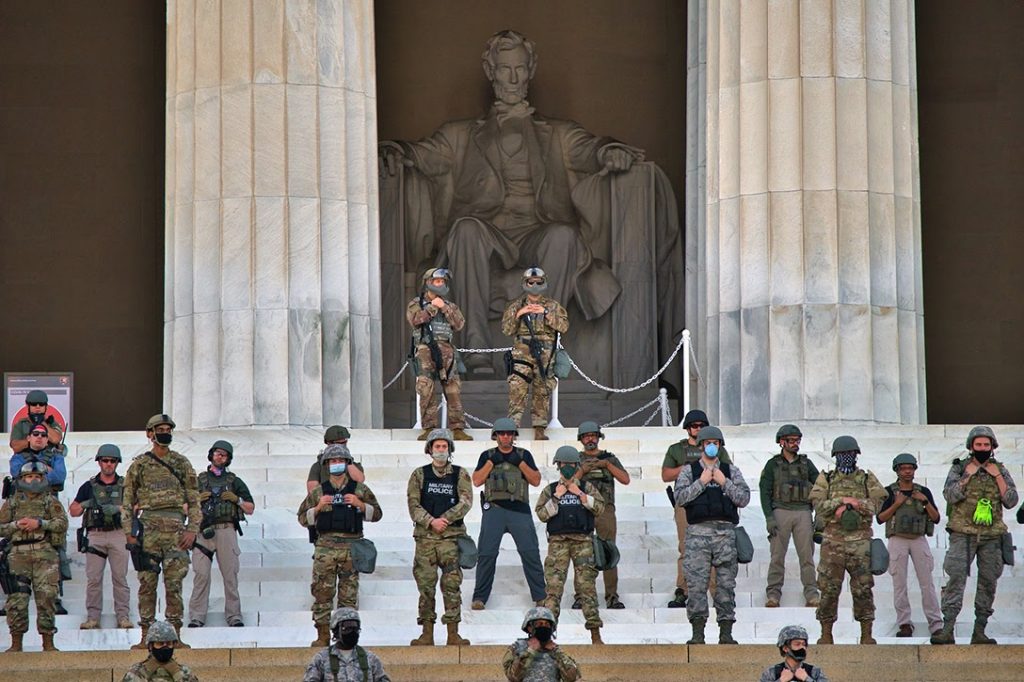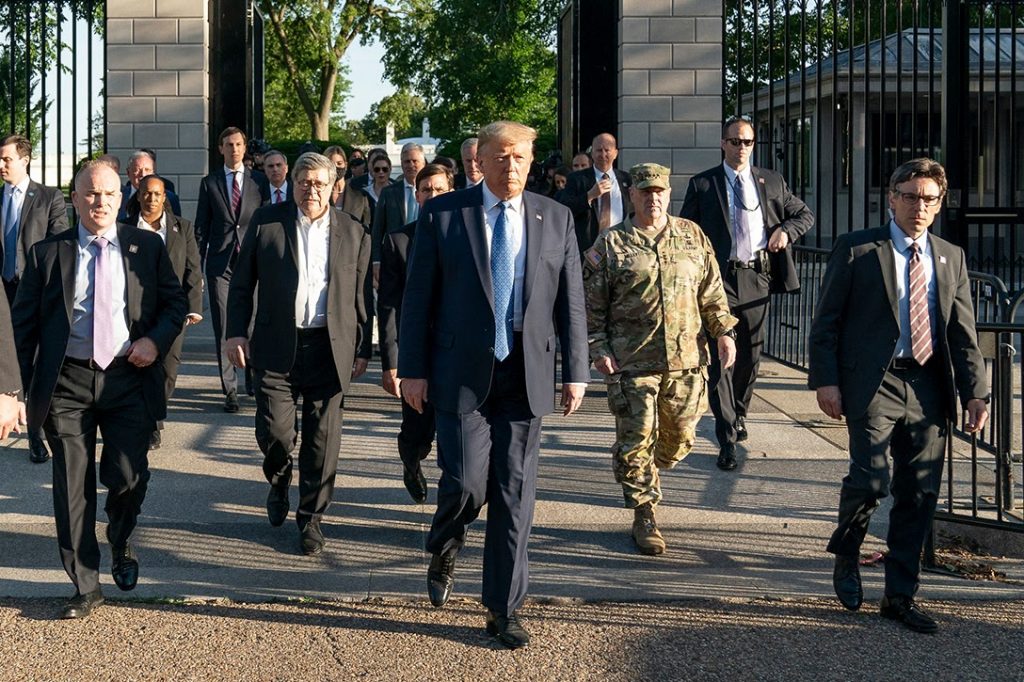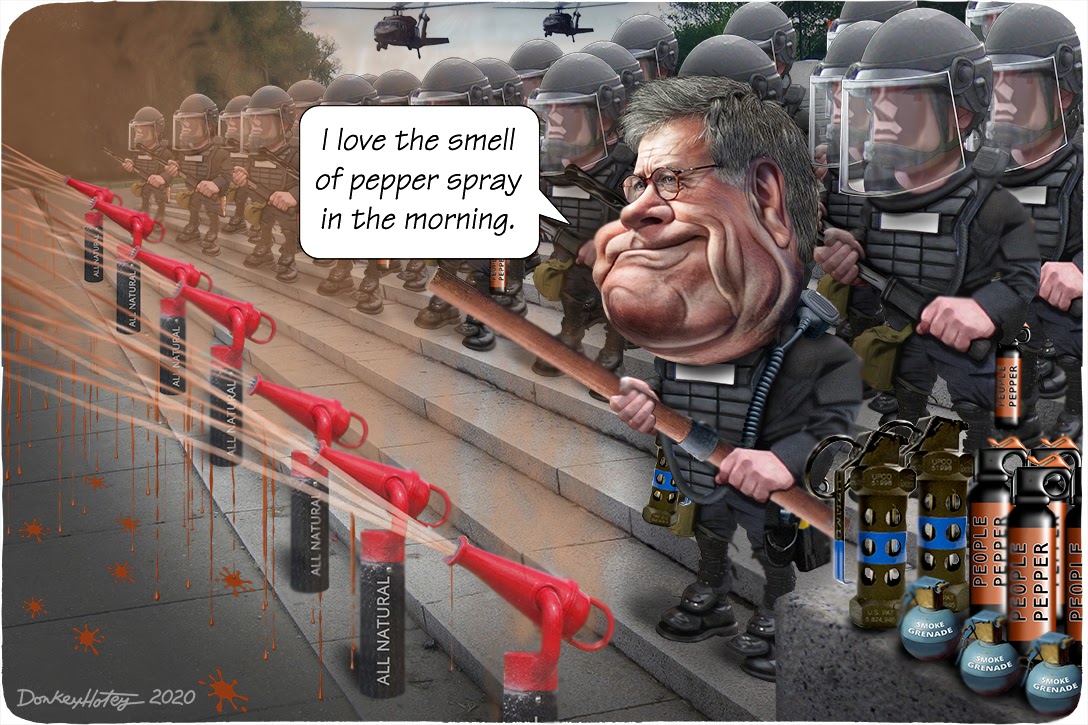Law and Disorder: Time for a Rethink
After 200 Years Trying to Get Law Enforcement Right, We’re Still Not There.
America’s difficulties with law enforcement trace back to colonial days.
After hundreds of incidents in which African Americans were killed by police, mostly over trivial infractions, or shot by overzealous neighbors, it should be obvious to just about everyone that something is fundamentally wrong in America.
Ironically, America’s efforts to set the parameters for law enforcement began with the best intentions. The framers of the US Constitution, recognizing the abuses of power that were commonplace during the colonial era, made an exceptional effort to safeguard individual liberties, based on the principle, enunciated in the Declaration of Independence, that “all men are created equal and endowed with certain inalienable rights.”
Unfortunately, in the beginning it was less than clear who should be included in that sweeping statement. The drafters might more accurately have declared that all white European males were considered equal, while African slaves were only three-fifths the value of a human being and Native Americans did not count at all.
Today the lingering aftermath of the toxic effects of slavery constantly remind us of that original sin. The struggle to define what it means to be an American took shape a long time ago, but the difficulties facing America today touch on many of the same issues. The proverbial elephant in the room is this basic question: Who do we really consider to be American?
It would be convenient to conclude that the evil slavery created came to an end with Emancipation. Of course, it did not. The injustices committed under slavery continue to plague all of us today. Having lost the Civil War, the South decided to win the peace that followed.
Despite the noise created by right-wing extremists, many of today’s Americans share an ethnic blend that reflects the entire planet. Until all citizens — regardless of race, color, or ethnic origin — are recognized as fully American, and endowed with equal respect and equal rights, we will not be able to resolve much of anything.
In the past, we struggled to paper over the differences and see ourselves as one country and one people. Donald Trump effectively reversed that process, hoping to gain political advantage by exacerbating bigotry and extremism and preying on the frustrations of that segment of the population which has suffered economic and other indignities over the last decades of rapid change. In the process, Trump awakened a panoply of demons lingering beneath the surface of the American psyche.
Of course, the problem existed before Trump. He simply picked at the wound until it became impossible to ignore. The difficulties in defining law and order originally stemmed from unreasonable fear, much as they do today. If you look back at the year 1800, America’s population stood at roughly five million people. Of that number, nearly 900,000 were slaves. These were, for the most part, unsuspecting African tribesmen who had been kidnapped, often by neighboring tribes, sold into bondage, transported in chains to a continent they knew nothing about, and then were forced to work under inhumanly brutal conditions until they died. All of that simply in the name of a commercial enterprise.

There is no particular profit in blaming white Americans today for what happened more than 160 years ago. Like Trump’s, most of their families were probably not even in America when slavery reigned. But the Biblical prophecy that the sins of the fathers will be visited on the sons to the third and fourth generation is, in this case, a simple statement of fact.
It would be convenient to conclude that the evil slavery created came to an end with Emancipation. Of course, it did not. The injustices committed under slavery continue to plague all of us today. Having lost the Civil War, the South decided to win the peace that followed. In place of traditional law enforcement, which was often seen as an extension of domination by the North, the South turned to vigilantism, hence the KKK. Lynching became the preferred method of forcing newly freed African Americans to stay in their place. The result was another century of lawlessness directed toward anyone whose skin appeared less than white. The National Memorial for Peace and Justice in Montgomery, AL, testifies to more than 4,000 lynchings — mostly in the South but some as far north as New York, New Jersey, and Pennsylvania. That brand of murder by popular white consent continued into the 1950s.
The ultimate challenge to law and order stemming from slavery, however, was the US Constitution’s Second Amendment. James Madison added the amendment to the Bill of Rights because he knew that for the Constitution to be voted into law, it needed to be accepted by at least nine of the original 13 states. Virginia, which had the largest population, was the last holdout. Knowing that the northern states adamantly opposed slavery, Virginia was terrified that if it no longer had access to weapons, its population might be massacred by escaped slaves. The amendment, which states that “A well-regulated Militia, being necessary to the security of a free State, the right of the people to keep and bear Arms, shall not be infringed,” was the ultimate concession that Virginia demanded in order to accept the US Constitution.
Of nearly 18,000 individual law enforcement agencies and departments that handle police duties in America today, only 65 are federal agencies.
When a conservative majority on the Supreme Court overturned long-standing precedent by declaring it an individual right, the amendment succeeded in endowing the US with more guns per capita than practically any other place on the planet. The effect on law enforcement has been catastrophic. The Economist recently reported that between the years 2000 and 2014, some 2,445 police were shot and killed in the US. In England, where most police don’t carry weapons, a total of 25 police officers were killed during the same period.
It is easy to be misled today by the fact that the largest police departments in major cities — notably New York, Chicago, and Los Angeles — have grown into effective institutions that for the most part really do strive to guarantee public safety. The problem is that most are local. Of nearly 18,000 individual law enforcement agencies and departments that handle police duties in America today, only 65 are federal agencies. For the most part, standards are set individually by mayors or county sheriffs. If the person calling the shots is someone like Sheriff Joe Arpaio, who served six terms as the elected sheriff of Maricopa County, just outside Phoenix, AZ, and was pardoned by Donald Trump despite being convicted of openly showing contempt for a court order, the law can move in unexpected directions. If a cop stops you, you don’t really know what to expect. If you are a person of color, the odds are increased that the encounter will move in a bad direction.
Local police departments may reflect the public they serve, but they are more likely to respond to the local politicians who have direct control over their operations. Right-wing extremist conservatives have increasingly pushed the emphasis toward militarization. Lately, the Pentagon has shown unexpected generosity in dumping surplus equipment on police departments. These gifts range from armored personnel carriers and assault rifles to rocket launchers. Most of it is designed for fighting a war against a foreign enemy, not the public that the police are supposed to serve. The trend toward protective armor, helmets, gas masks, and assorted riot gear tends to even further isolate police officers from the people whose safety they are supposed to ensure. The inevitable effect is to reorient police officers from an emphasis on protecting the public to one that is more geared toward repression.

The ultimate example is the recent White House fiasco in which Trump’s controversial attorney general, William Barr, ordered phalanxes of police, dressed like Imperial Stormtroopers from a Star Wars movie, to use concussion grenades, tear gas, pepper spray, and smoke bombs to chase a relatively peaceful demonstration from Lafayette Square in front of the White House so that the president could stage a photo op. Just to complete the picture, military Black Hawk helicopters buzzed above the square in a scene that recalled Apocalypse Now.
No one denies that law enforcement can be a dangerous occupation. When dangerous criminals turn homicidal, you need an armed force to stop them. But for the most part, those situations are extremely rare. In fact, most of the violence that the public experiences is on television. The fear generated may be genuine, but often it is exaggerated, and that can be dangerous.
It doesn’t have to be this way. The foundations of much of today’s modern policing were established by Britain’s Sir Robert Peel, who was appointed home secretary in 1822 and subsequently created London’s Metropolitan Police. Continental Europeans had traditionally used the police as a paramilitary force, an extension of absolute government power. In France, for instance, the Gendarmerie is controlled by the Ministry of Defense.
Peel adopted a radically different approach. Facing public opposition to yet another paramilitary force, Peel decided to create a police organization that was as unmilitary as possible. He put London’s police into blue uniforms to distinguish them from the British army’s traditional red coats. Each officer was identifiable to the public by a specific number and warrant. The main weapon Peel allowed British police to carry was a whistle, and they wore a helmet that looked like an extended, hardened version of the British bowler hat. Peel’s evolving model for the police was soon adopted by Boston in 1838, New York in 1844, and Philadelphia in 1854. The most important aspect of Peel’s approach, however, was to emphasize deterring crime rather than measuring success by the number of criminals arrested.
Peel’s strategy also emphasized having a large number of officers on the street in order to establish personal relationships with local neighborhoods. His constables, who came to be known familiarly as London “Bobbies,” were intimately familiar with the neighborhoods they patrolled.
Explosive population growth and arguments over budgets eventually led to police riding in squad cars rather than walking a beat. Reducing personal contact made the police more reactive, but the general idea of strengthening relations between the police and the neighborhoods they serve proved highly effective. A noteworthy example is Camden, NJ, which in 2012 had the fifth-highest murder rate in the US. The city eventually fired all 175 officers in its police department. It then created a department of public safety serving the county where Camden is located and hired most of its former officers back. Then the force was expanded to 400 officers and the emphasis was placed on training, developing community relations, and mastering techniques for de-escalation. The murder rate dropped to less than a third of what it had been.
A number of other police departments in the US recognize the need for a new approach. One thing holding back police reform in the US is the lack of a set of universal standards that apply across the entire nation.
The solution to the current situation is not necessarily to defund police departments, but rather to decide budgets and priorities more intelligently, so that the police can focus on public safety instead of being expected to handle a broad range of social problems that they are really not equipped to deal with. It makes much more sense to assign school disciplinary issues, housing the homeless, and responding to problems resulting from the mentally disabled to trained social workers. In most of these cases the disruption can be dealt with more effectively if there is no immediate threat of violence or prison. Once priorities are corrected, it becomes possible to reorient the bad police departments and make them better. Georgetown law professor Rosa Brooks, who joined the Washington Metropolitan Police Reserve Corps in order to have a better understanding of what policing is about, suggests that a good place to start is with the police academies, which often seem more interested in training cadets for paramilitary service than helping the public.
Case in point: All 57 members of the Buffalo Police Department Emergency Response Team resigned from their unit in solidarity with two fellow officers who were indicted for pushing a 75-year-old protester and callously walking on, leaving their seriously injured victim bleeding on the pavement. Police Chief David Roddy of Chattanooga, TN, may have said it best when, after watching the video of George Floyd’s murder, he told his men, “If you have a badge and you don’t have an issue with this … turn it in.” Roddy, at least, is on the right track.
The cartoon above was created by DonkeyHotey for WhoWhatWhy from these images: William Barr caricature (DonkeyHotey / Flickr – CC BY 2.0), police (DonkeyHotey / Flickr – CC BY 2.0), water cannon (Vivian Evans / Flickr – CC BY-SA 2.0), gear (Tony Webster / Flickr – CC BY-SA 2.0), Blackhawks (US Army / Wikimedia), splat (OpenClipart-Vectors / Pixabay), smoke grenades (US Marines), flash-bang grenade (DoD / Wikimedia), and Lincoln Memorial (Tim Krepp / Flickr – CC BY 2.0).
Related front page panorama photo credit: Adapted by WhoWhatWhy Frederic B. Schell / Library of Congress.
